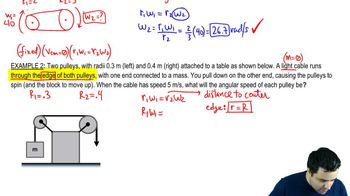Two plane mirrors are facing each other 2.2 m apart as in Fig. 32–60. You stand 1.5 m away from one of these mirrors and look into it. You will see multiple images of yourself. (a) How far away from you are the first three images of yourself in the mirror in front of you? (b) Are these first three images facing toward you or away from you?
<IMAGE>






